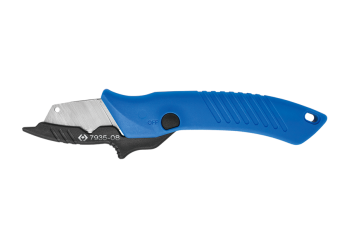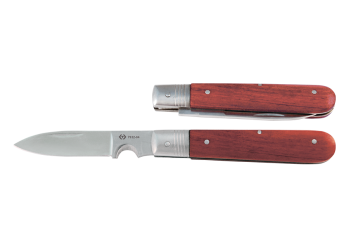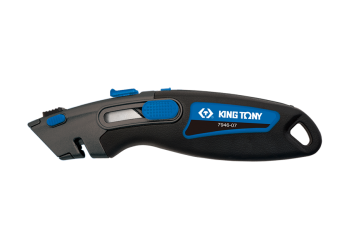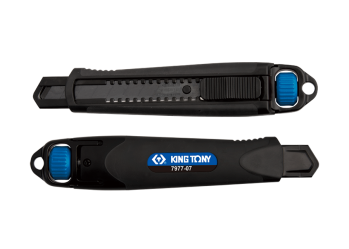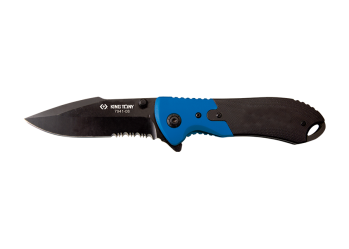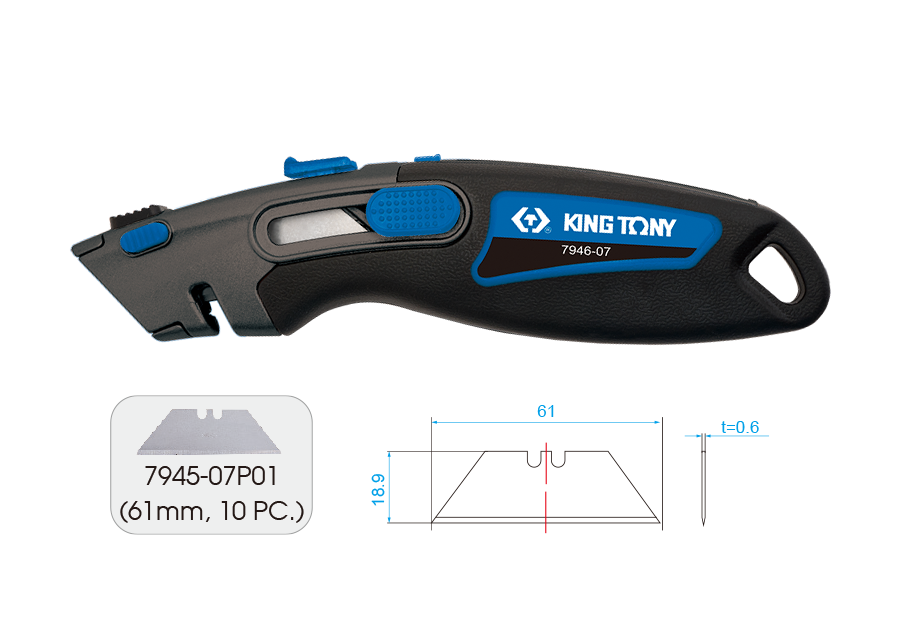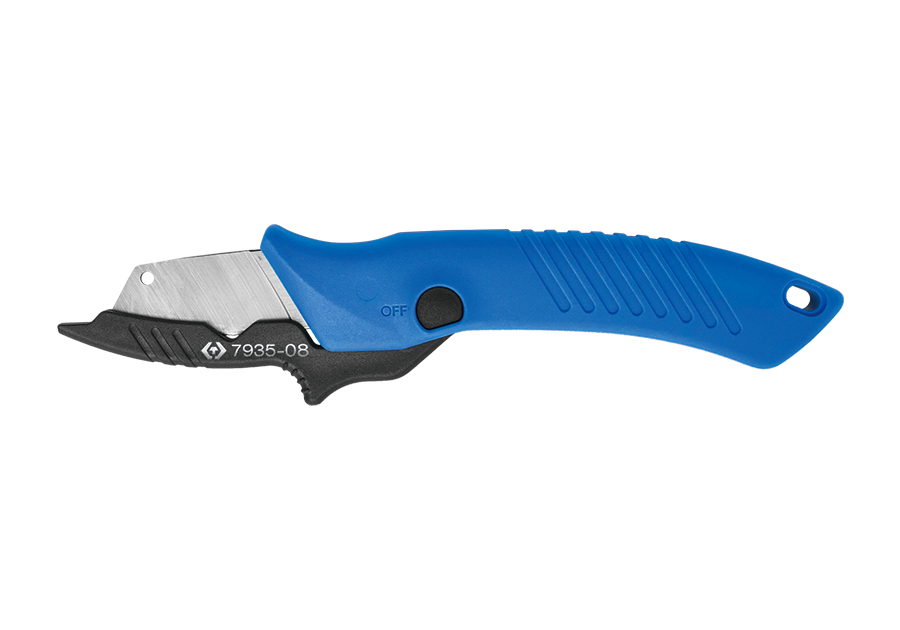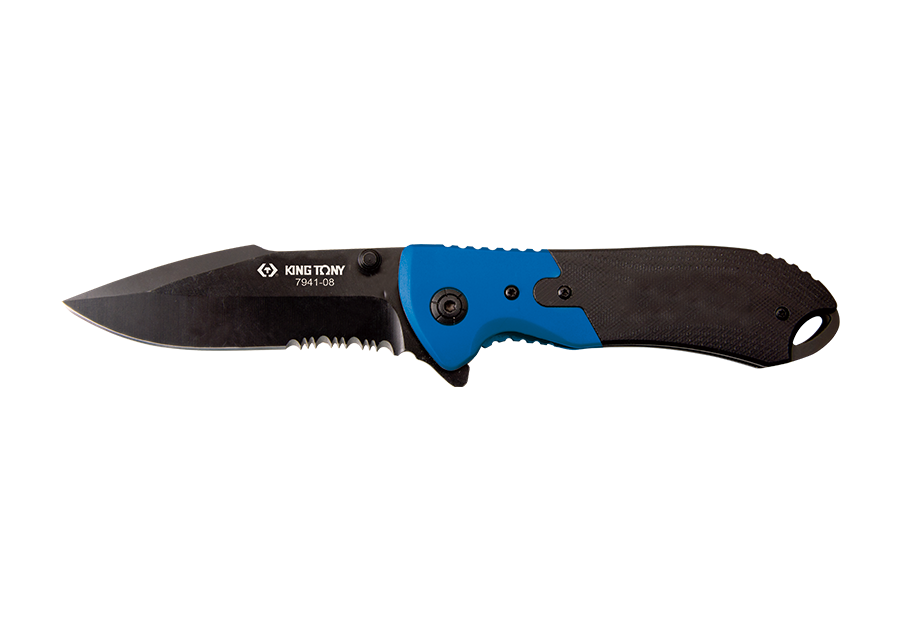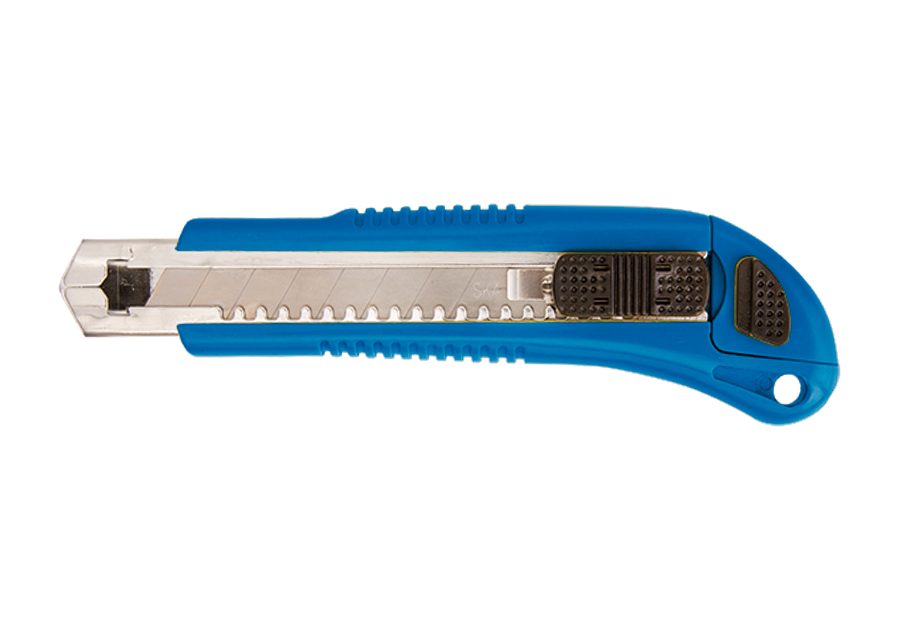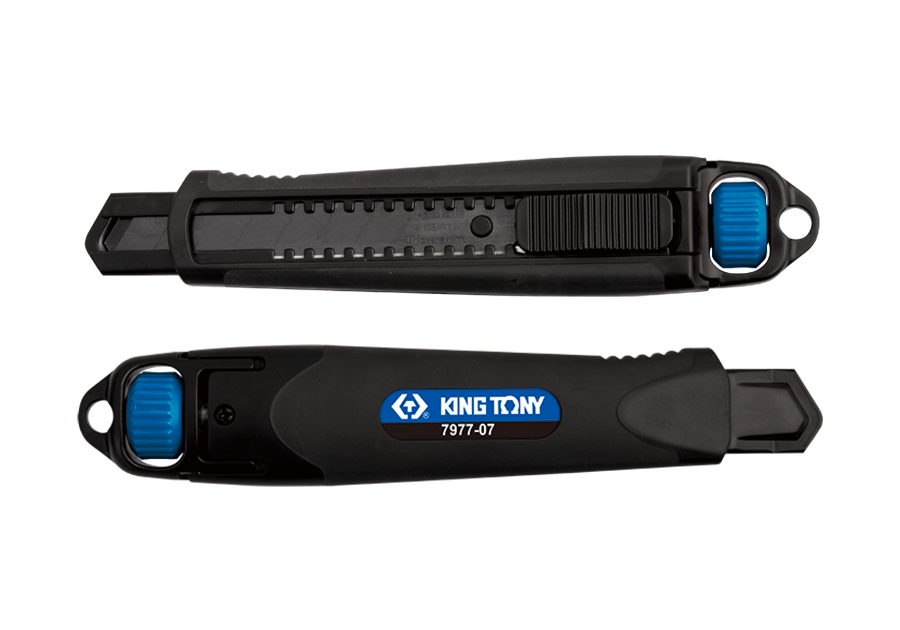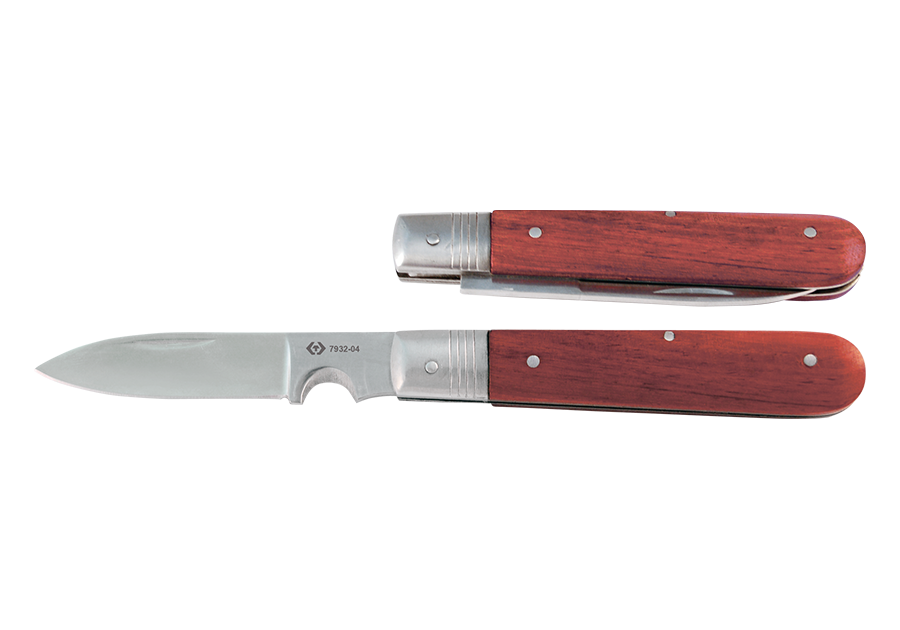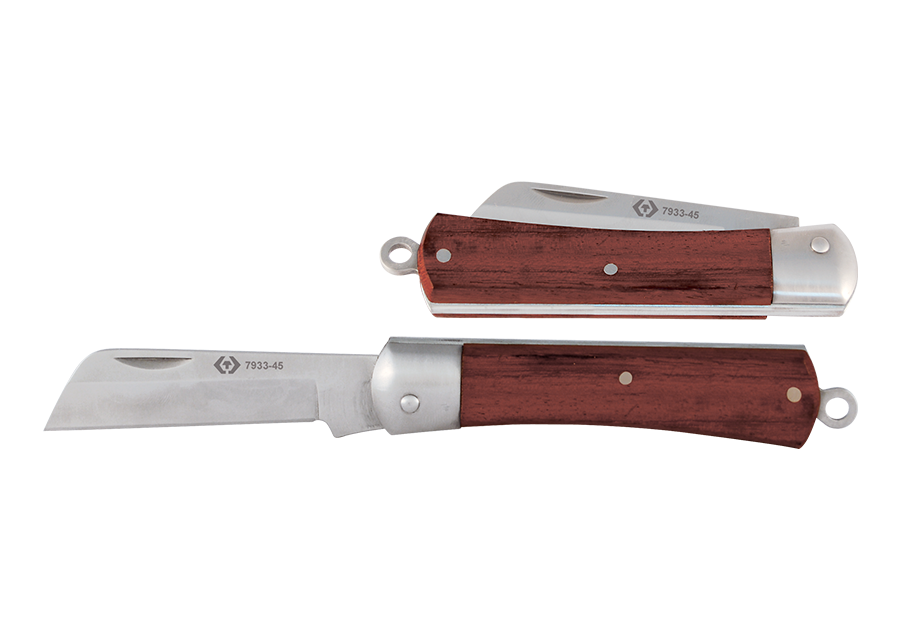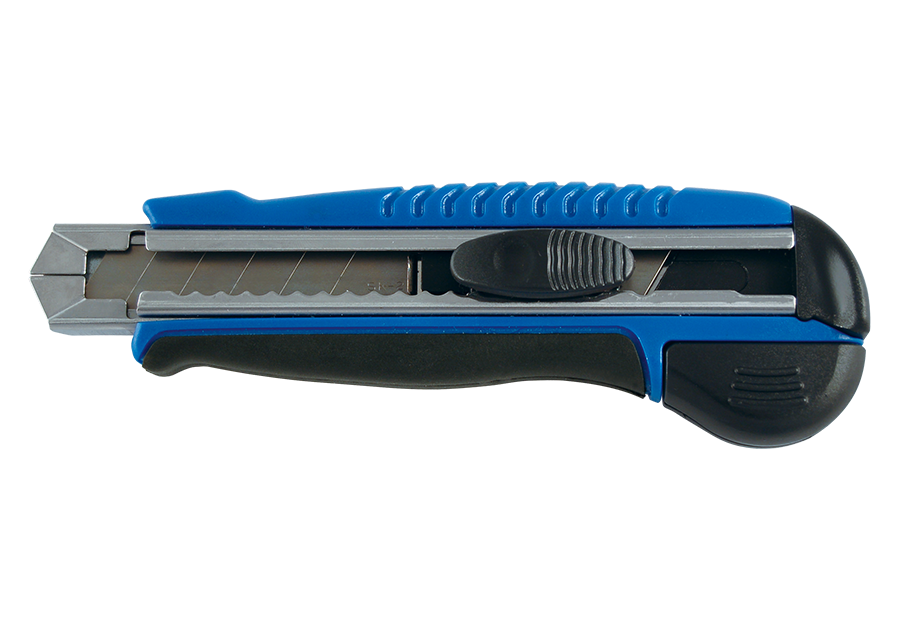Tools Introduction Class
Tools Feature & Advantage Introduction Class
Tools Operation and Application Class
Tools Maintanence and Repair Class
Tools Quality Checking and Certified Class
Tools Torque Introduction
Marketing Service Area
Member post
How to Choose Proper Knives?
Popularity : 661
Knives are essential tools when it comes to daily lives, working requirements and hiking in adventure. Owning a knife with fine quality and working smoothly not only can bring convenience to your work and your life, but also can become the key tool that help you survive while facing the accidental situation outdoors! Do you know the pertinence of knives? Do you own a suitable knife? Follow the points below to choose your destined knife.
We’ll be focusing on the use, the material, the blade and the handle.
What do you want your knife to do?
According to users’ requirements to select knives for daily works, such as utility cutter, cable stripper knife and safety cutter, or a clasp knives for outdoor activities.
What environment will the knife be staying?
Most of the knives are made of High-Carbon Steel and Stainless Steel.
High-Carbon Steel is a kind of steel contained carbon with a high amount. It is noticeably that the knife might be rusted while placing in a damp environment for a period of time without proper maintenance, which indicates that High-Carbon Steel knives highly relied on being taking good care of.
The merit of Stainless Steel is that, as its name suggests, the blade won’t rust easily. If your knife is gonna be placed in humid and saline environments frequently, Stainless Steel will be highly recommended due to its rustproof feature.
Which type of blade do your need to accomplish your work?
Different forms of the blade give knives distinctive functions. It is all about the balance between the strength and the sharpness you required. Common profiles of knife blades are introduced below.
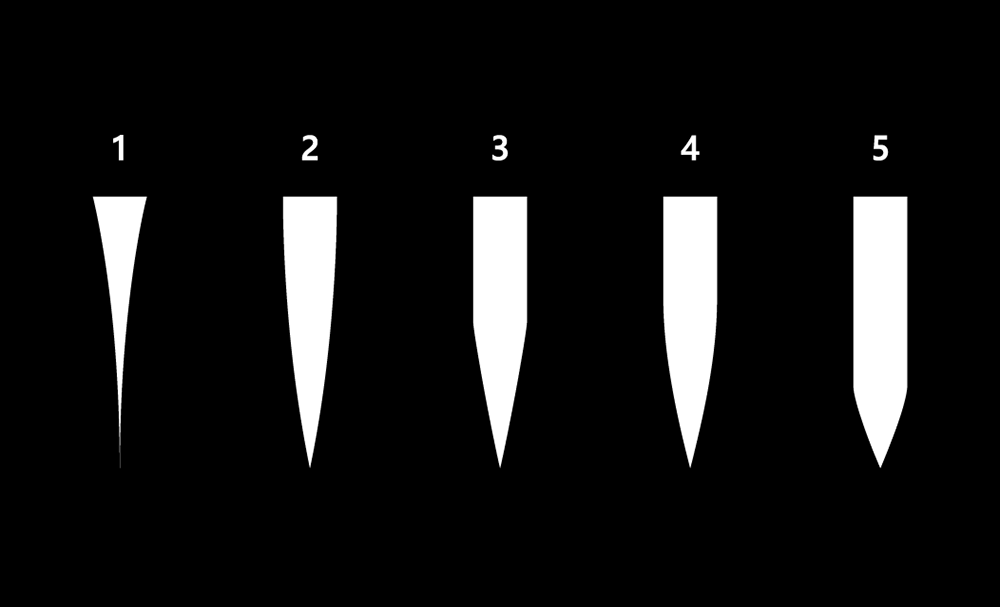
-
Full Hollow Grind:
The blade is thin and sharp, therefore, it is suitable for the work of slicing, peeling and removing skins. -
Full Flat Grind:
The thickness gradually thinned from the back to the edge. It is commonly seen in kitchen knives because of its convenience of cutting objects with different thicknesses. -
Sabre Grind:
Grinding the bevel from center to the edge to maintain half of the thickness of the blade. This form is normally seen in combat knives of military because of its great durability and the endurance of heavy-duty, such as shredding, chopping and poking through objects. -
Convex Grind:
Convex Grind is similar to Sabre Grind, yet without the sharp angle on the blade. Because of the thickness and the bevel, the strength and the cutting ability are significant. Therefore, this type of blade is really popular and often used on axes and machete. -
Scandi Grind:
It’s a usual form for outdoor knives. The merit is that both strength and sharpness can be taken into account because of its thickness, proportion of the blade body and the sharpened edge.
Which style of grip comfort you while working?
The handle should be regarded as one of the important considerations during the knife selections. Not only the shape should be ergonomic, but also the variety of materials, such as rubber, fiber glass, stainless steel and synthetic plastic, should be kept in mind.
The most chosen material is synthetic plastic on account of its flexibility and the ability of shock-absorbing that can allow users to grab and use.
KING TONY Knives Introduction
-
Cable Stripper Knife (Synthetic plastic handle / Wood handle)
7935-08 7932-04 7933-45
Link to KING TONY E-learning - Electrician Knife Introduction to know more~
The brief introduction of KING TONY knives ends here. Have you find the destined knife of your own?
